Code for City Life
The code for city life is a systematic approach for form finding and synthesising vibrancy in high-rise modern cities. The 1st step of the code takes the existing context and conditions of the site as parameters for holon identification. The 2nd step of the code utilises the holonic units and parameters for intensive pattern generation and parametric form generation. The final step of the code completes the analysis by conducting a quantitative evaluation of the design output.
Empty Ground of Modern Cities
Modernist cities pride itself in detaching itself from the ground to seek for higher dwelling spaces in the sky in a bid to avoid the perceived chaos on the ground. However, the alienation of the ground plane brings about numerous externalities such as the rigid zoning of programmes and the stark separation of boundaries between living space and production space. As a result, modernist cities suffer from a severe loss of vibrancy and a reduction in spontaneous interaction between people. Over time, the ground becomes less and less attractive for inhabitation which further reinforces the act of retreating upwards into the machine for living.
A similar situation can be observed in Singapore where many residential neighbourhoods are designed with excessive amounts of void space that have no intended function or purpose. This presents an opportunity for these void spaces to be intensified but the execution must be informed by established rules and patterns in urban theory and architecture. A variety of axioms will be conceived to code for spatial quality and vibrancy in the city. Through this research on the creation of meaningful and delightful public space, I hope to nudge the design of lifeless residential neighbourhoods in Singapore to be more bustling and ground-up oriented. The dead ground will be replaced with a delicate balance of program space and public space to boost the sense of discovery and the feeling of dynamic change within the city.
The mature high-rise modern estate of Toa Payoh is used as a case study for the application of the code for city life. Toa Payoh has an existing site context of residential towers and localised town centres which are rigidly zoned with large amounts of empty ground in between. Hence, the code serves a purpose of simulating multiple possibilities for the activation of empty ground on existing urban sites.
Experimentation Outcomes
Experimentations at the urban scale involved numerous urban parameters such as existing building heights, nodal networks, field attractors, green-blue networks, street dimensions, plaza sizes and plot size exclusions. With the objective of activating the empty ground and intensifying the urban built-up area for hosting new life and activities, various geometric patterns and urban layouts were derived and tested.
Experimentations at the architectural scale involved the parameters of unit sizes, spill-out areas, skybridge connections, courtyard sizes, planting strips, pop-up zones and rooftop garden pods. With the objective of codifying life and creating vibrancy, various massing options, programmatic arrangements and circulation patterns were demonstrated.
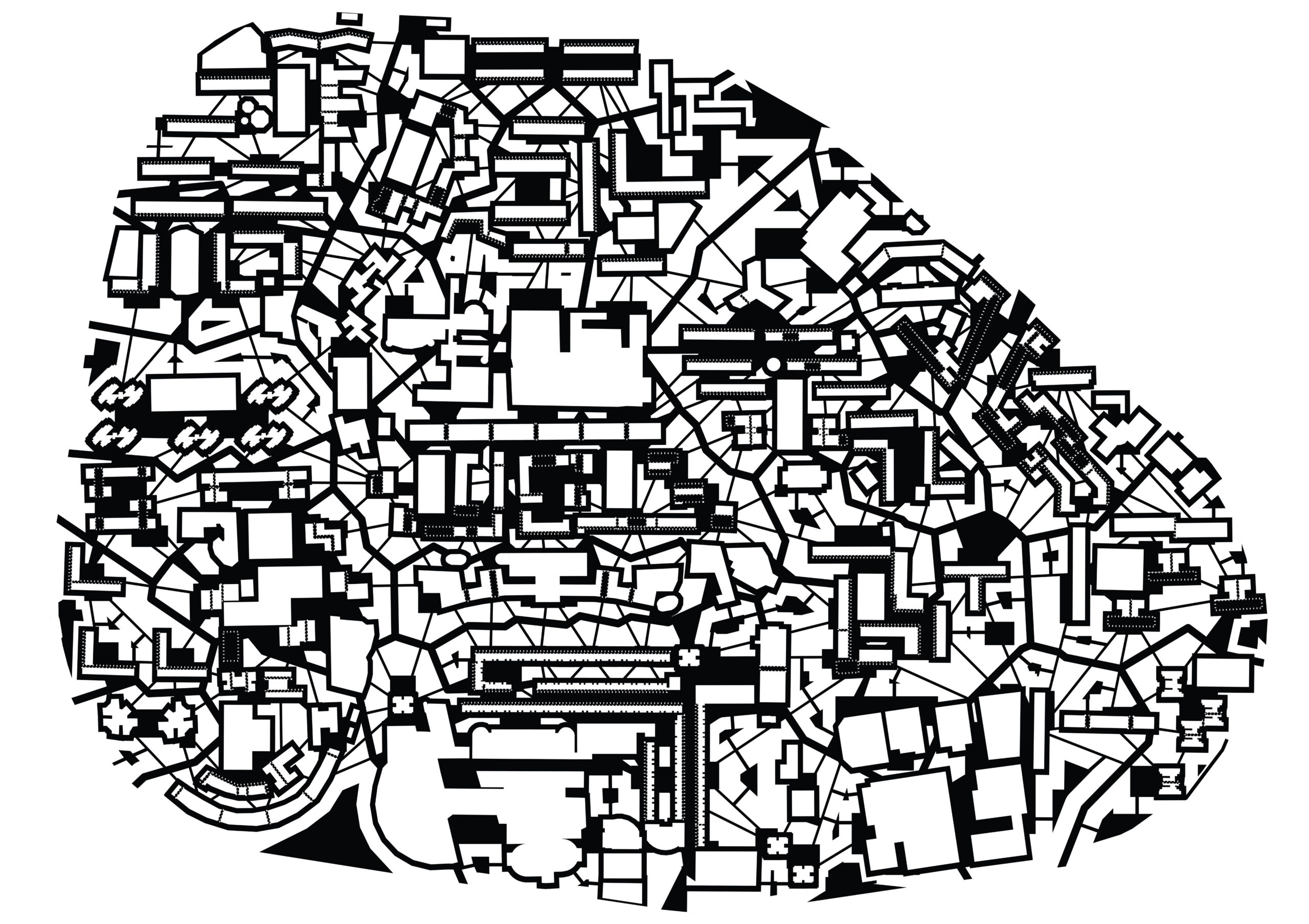
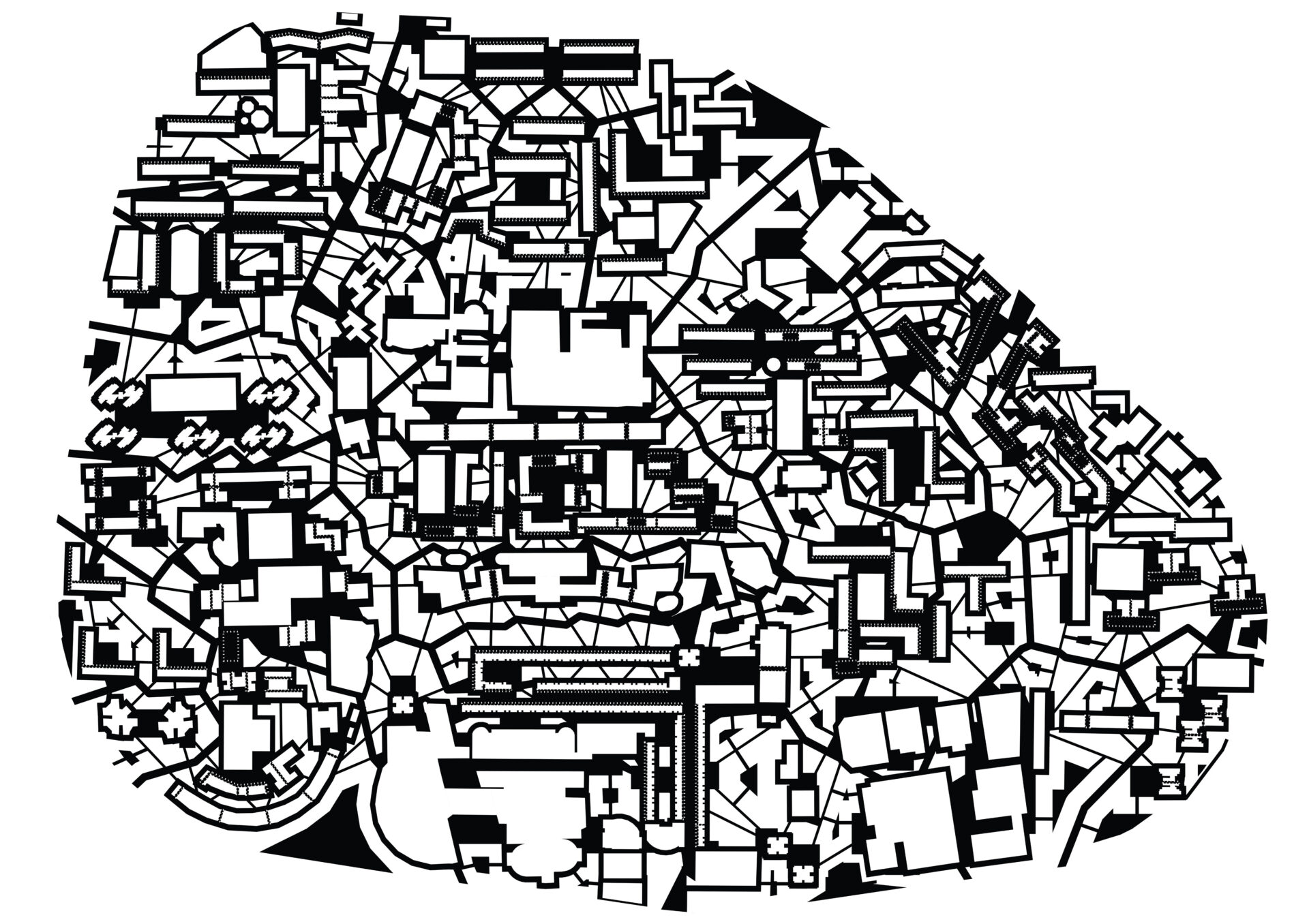
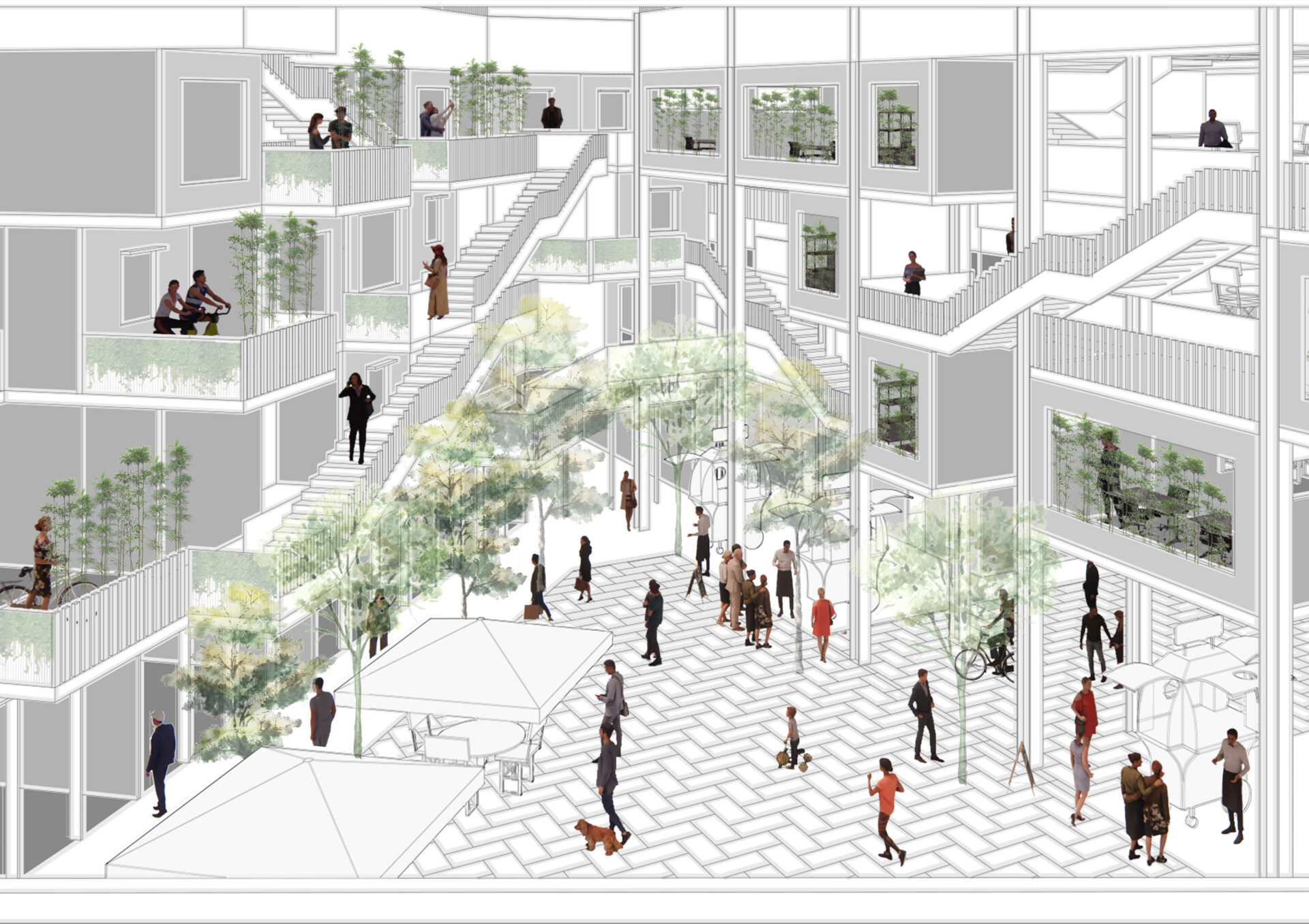
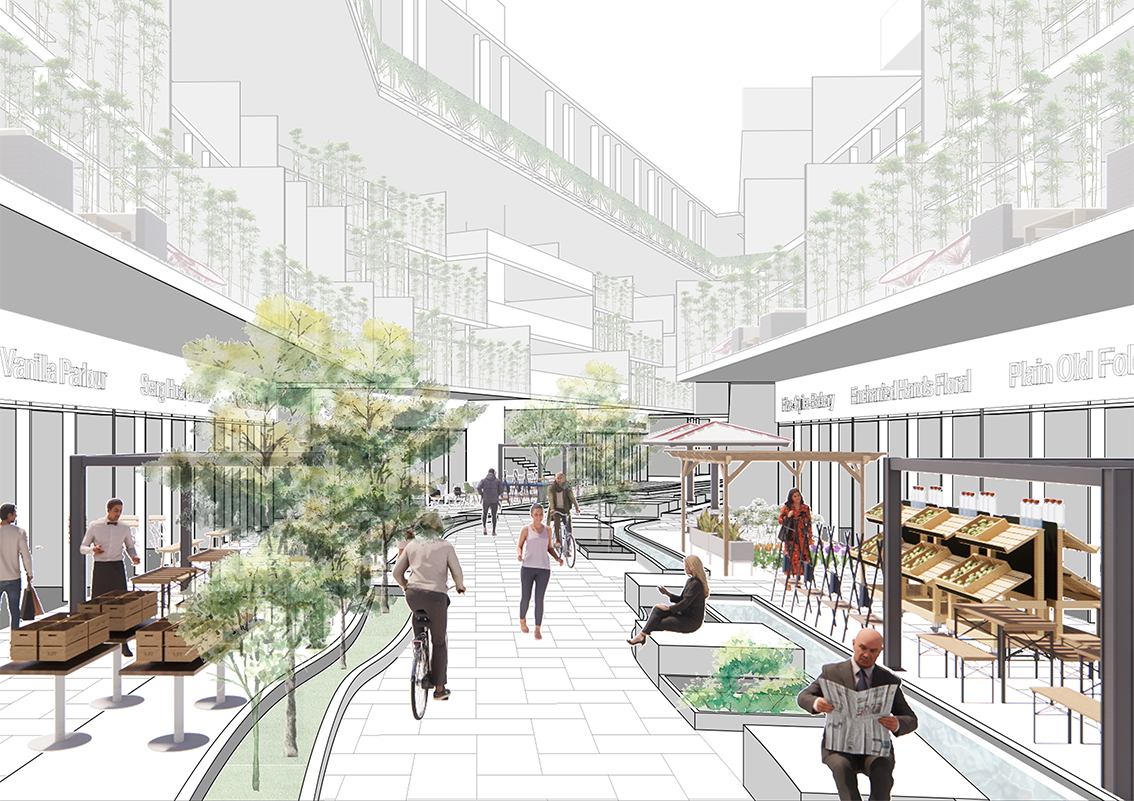
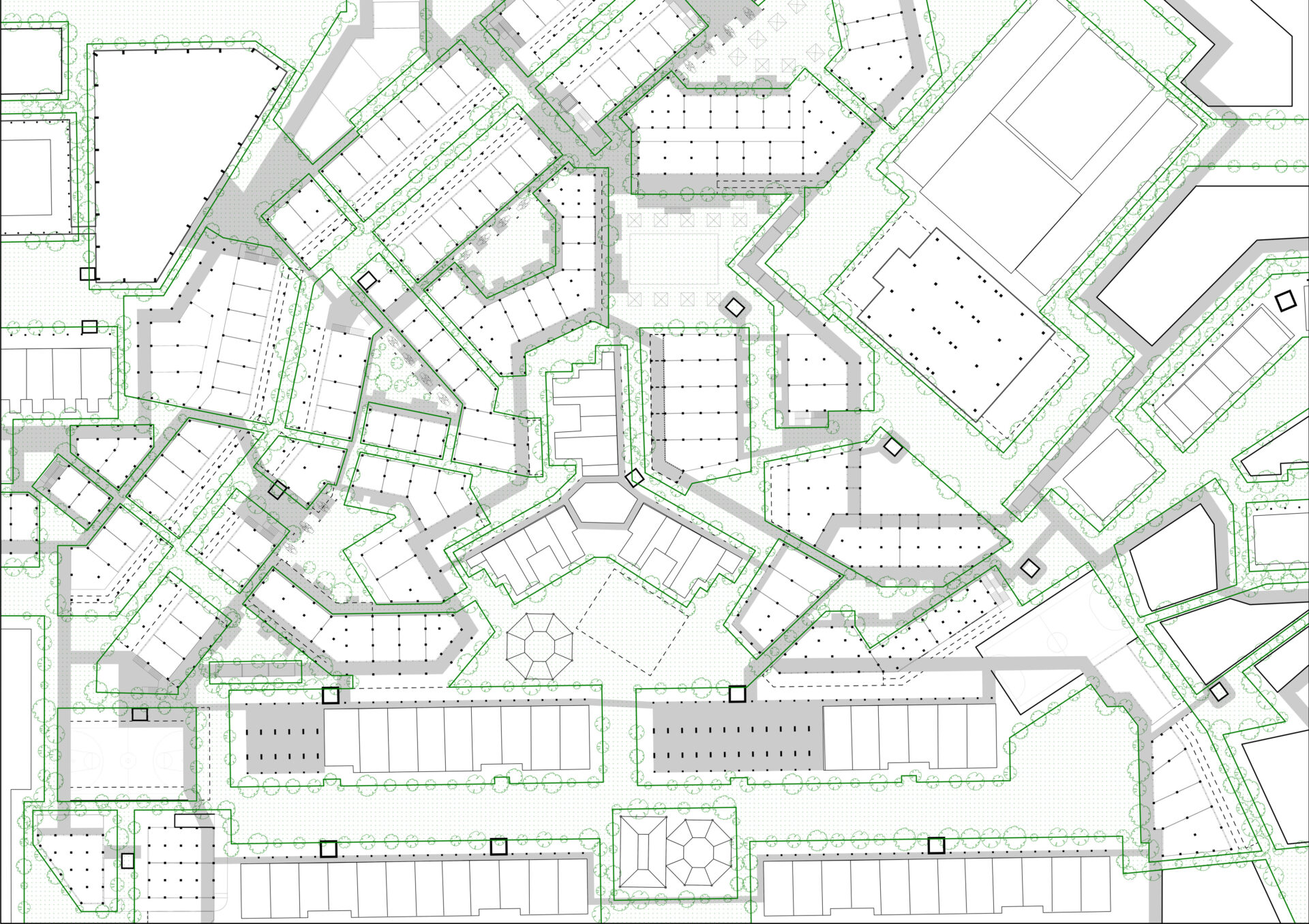
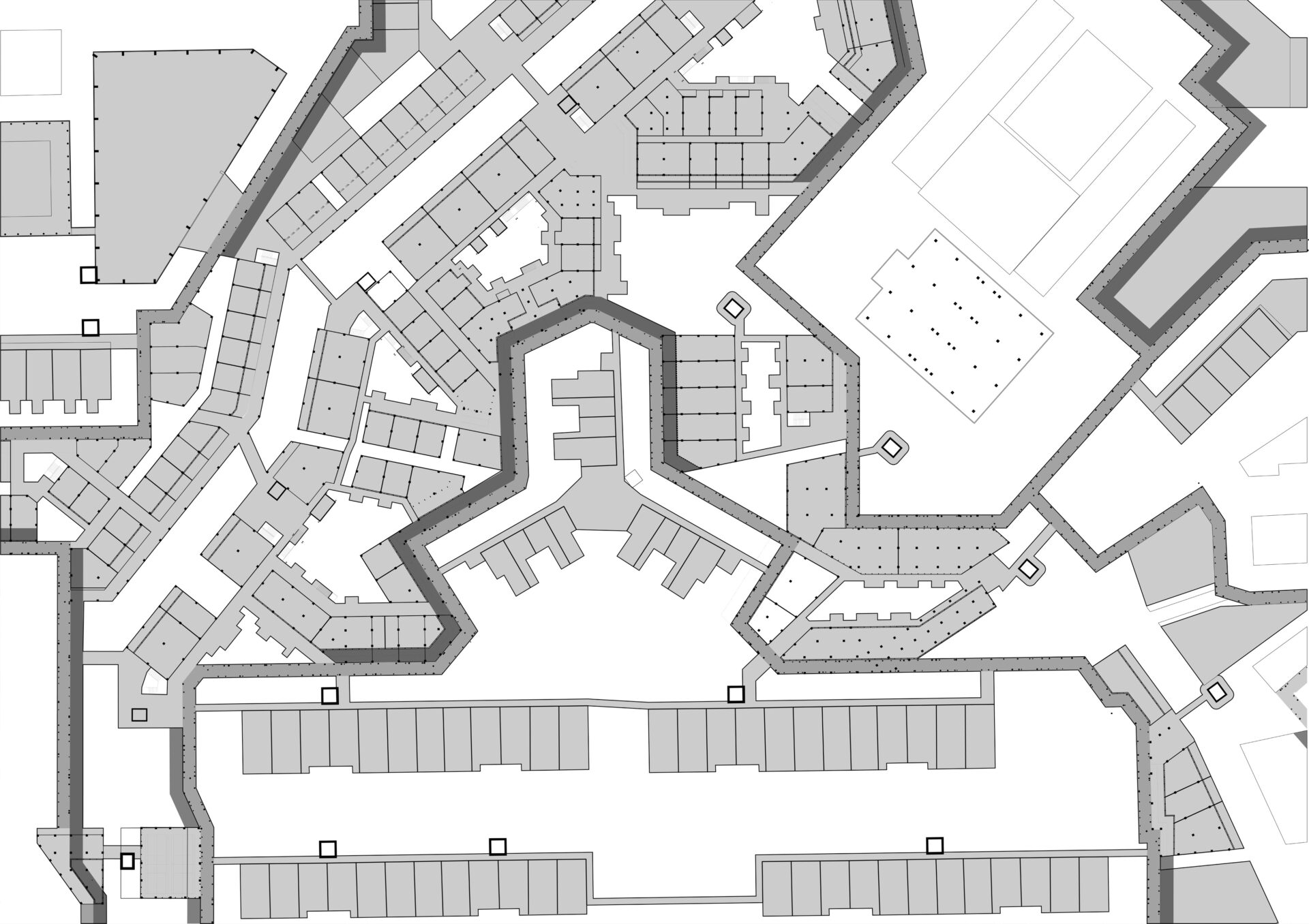
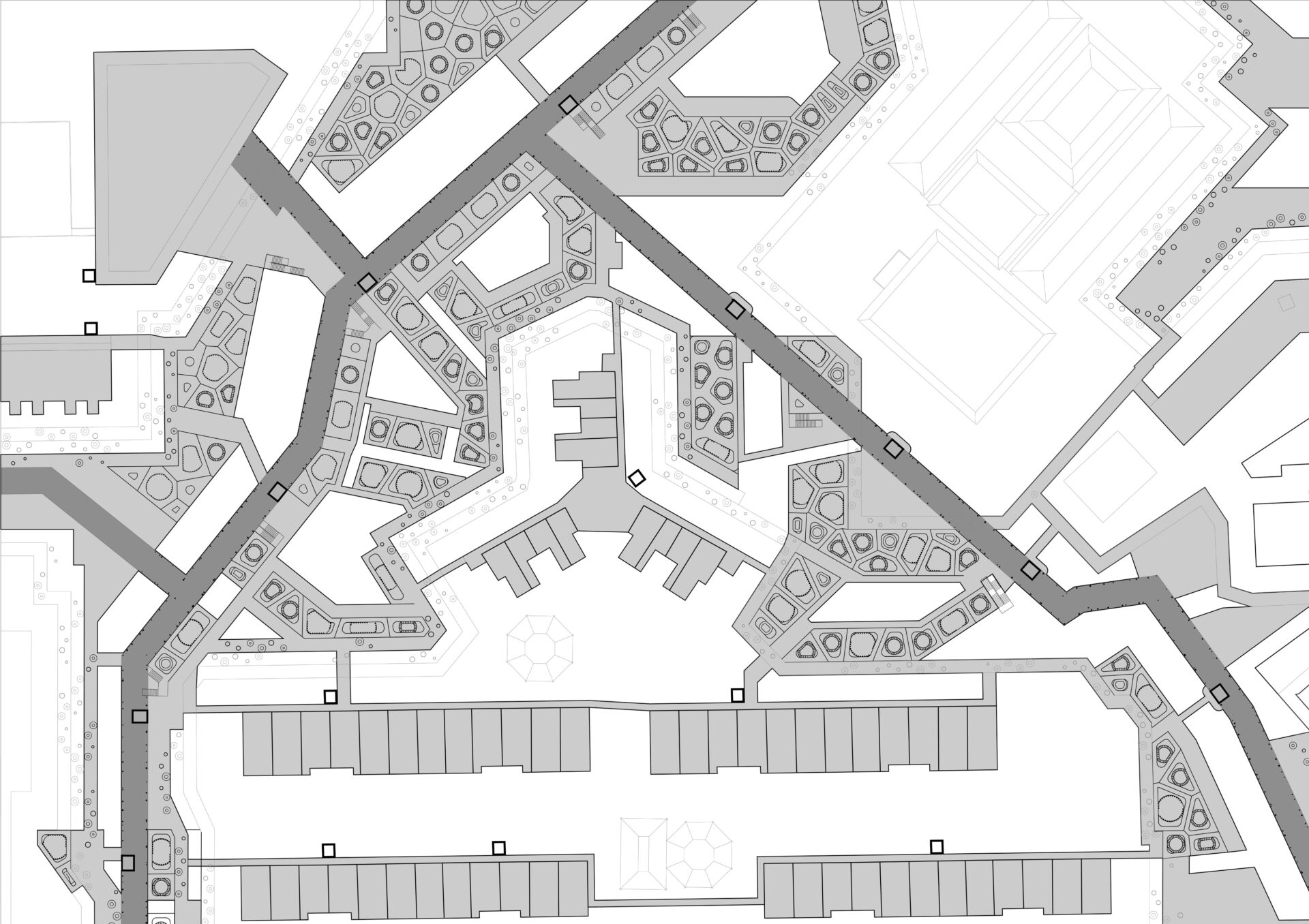

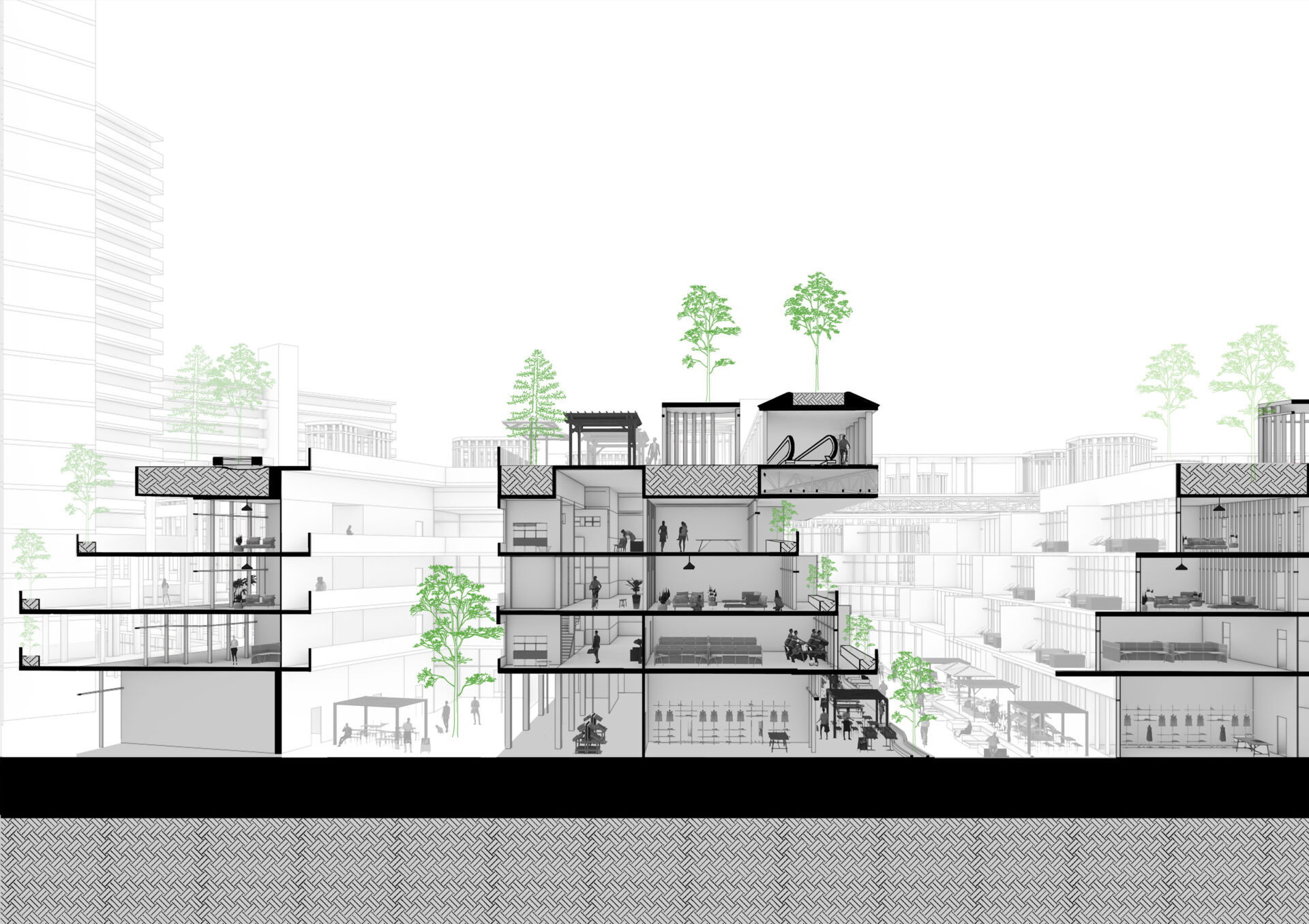
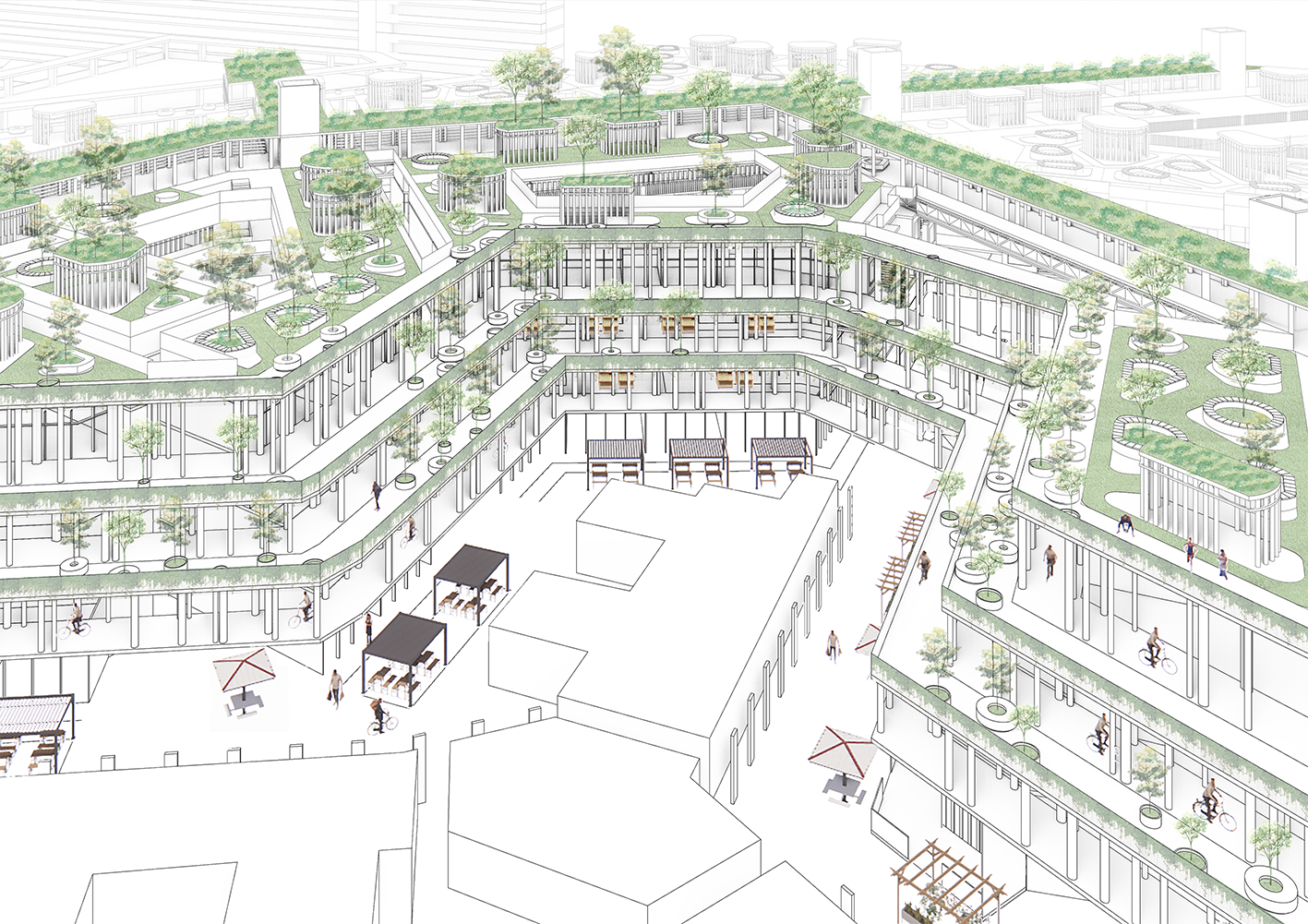
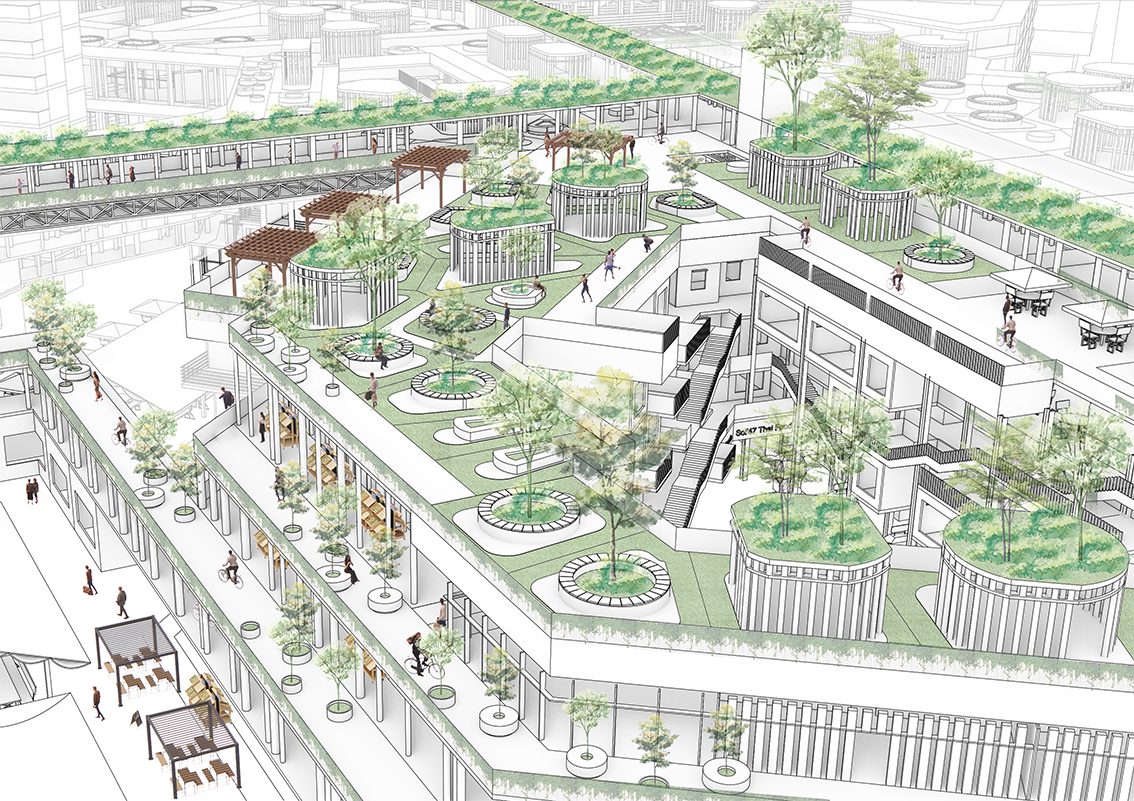

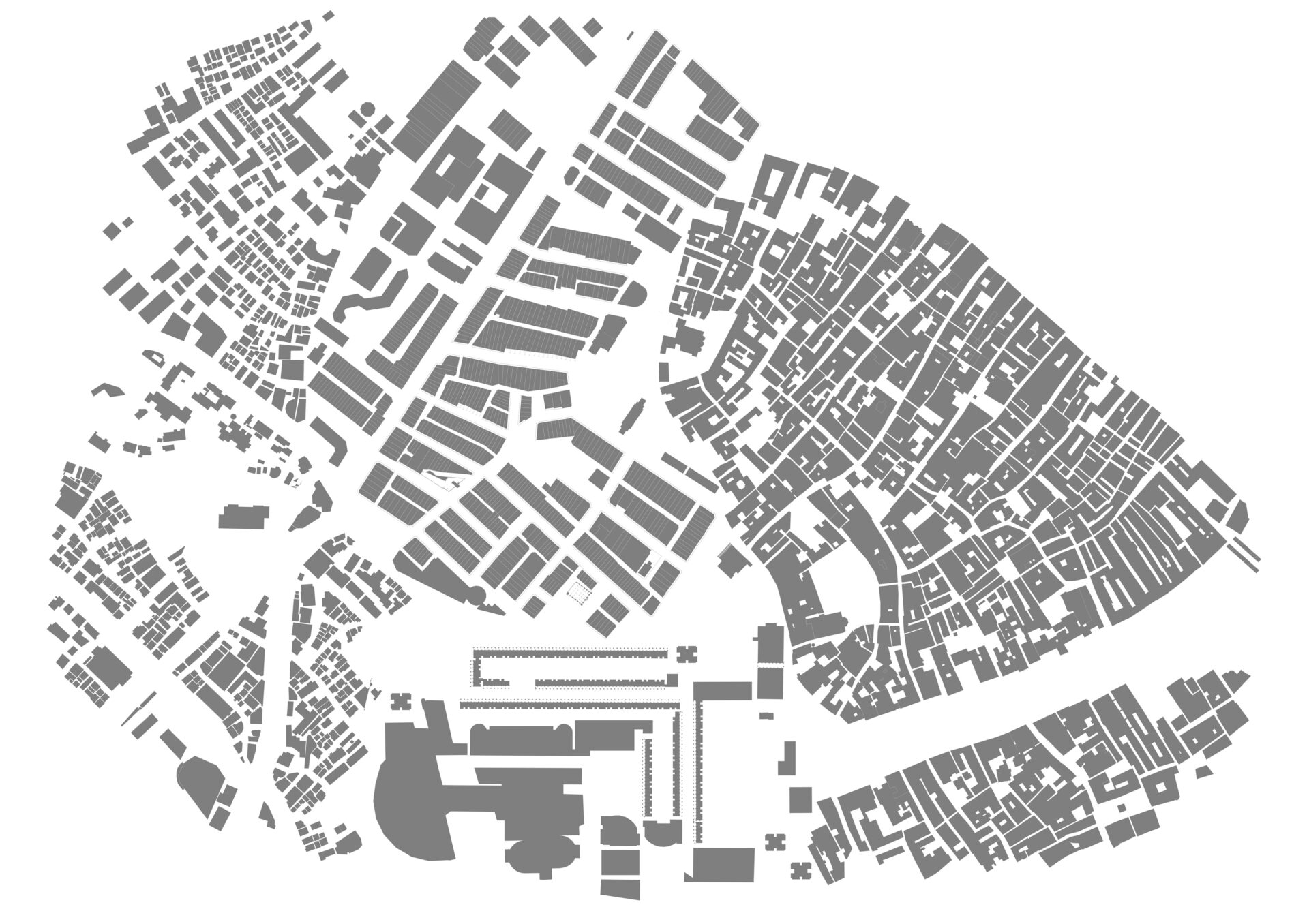
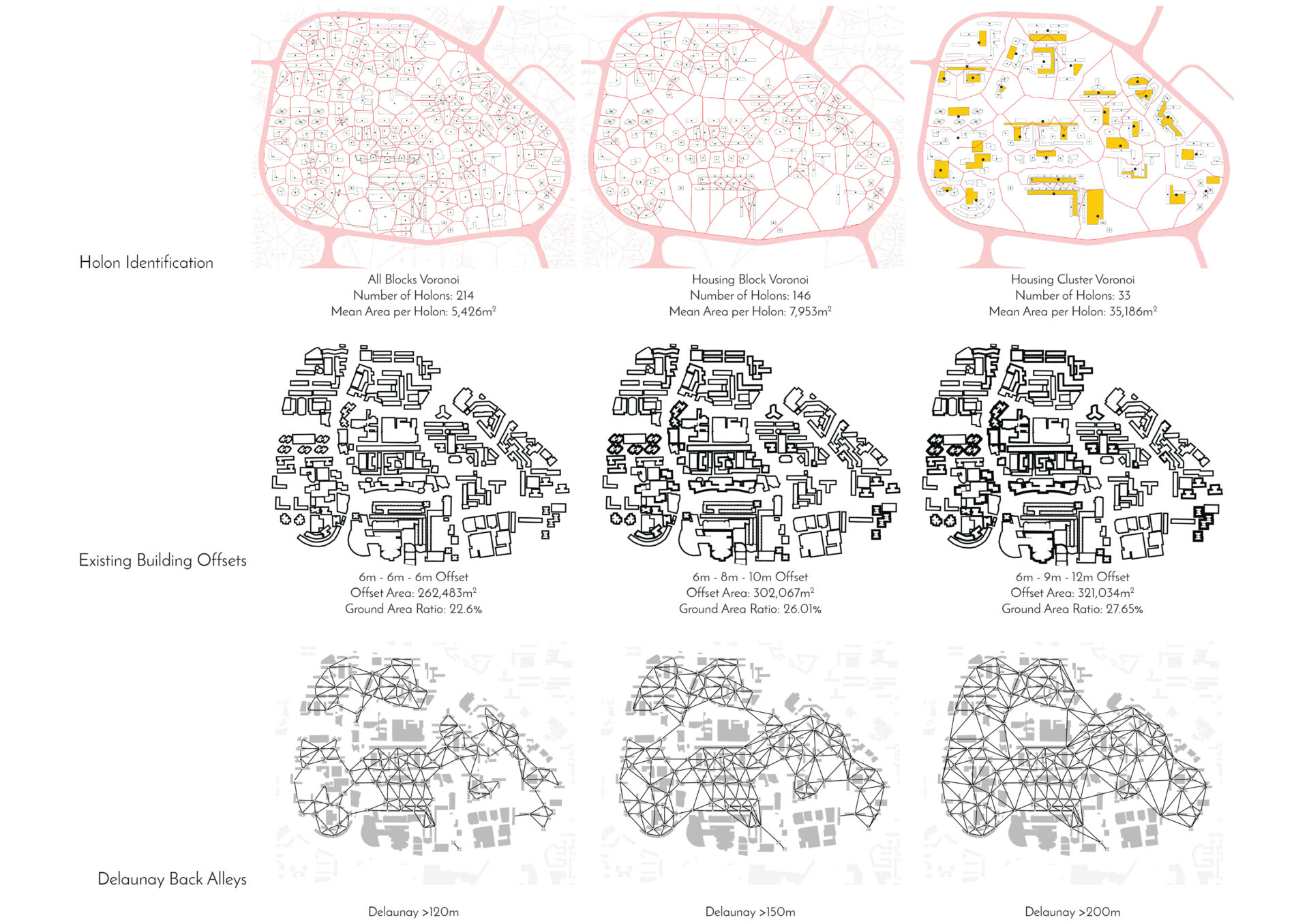
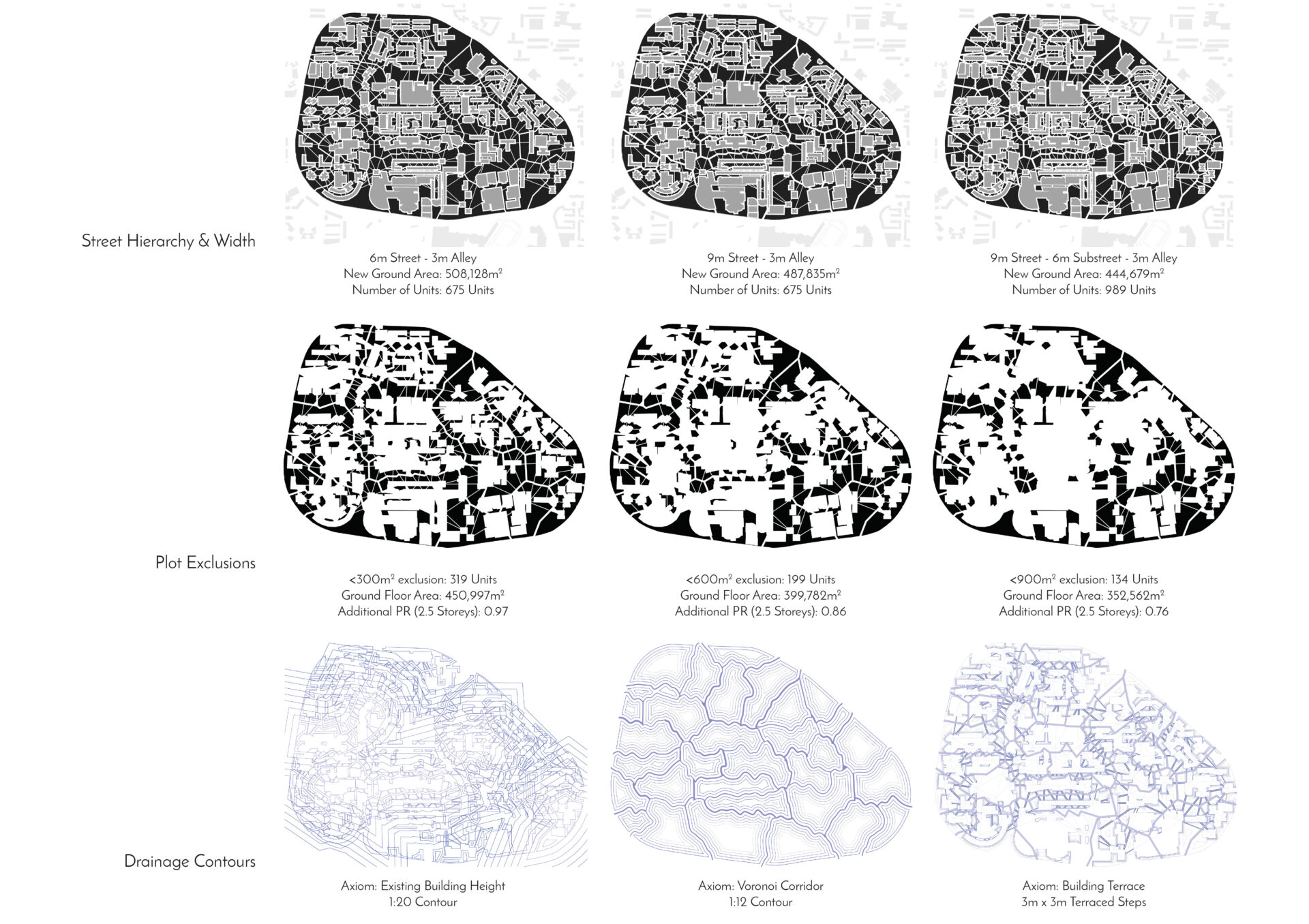
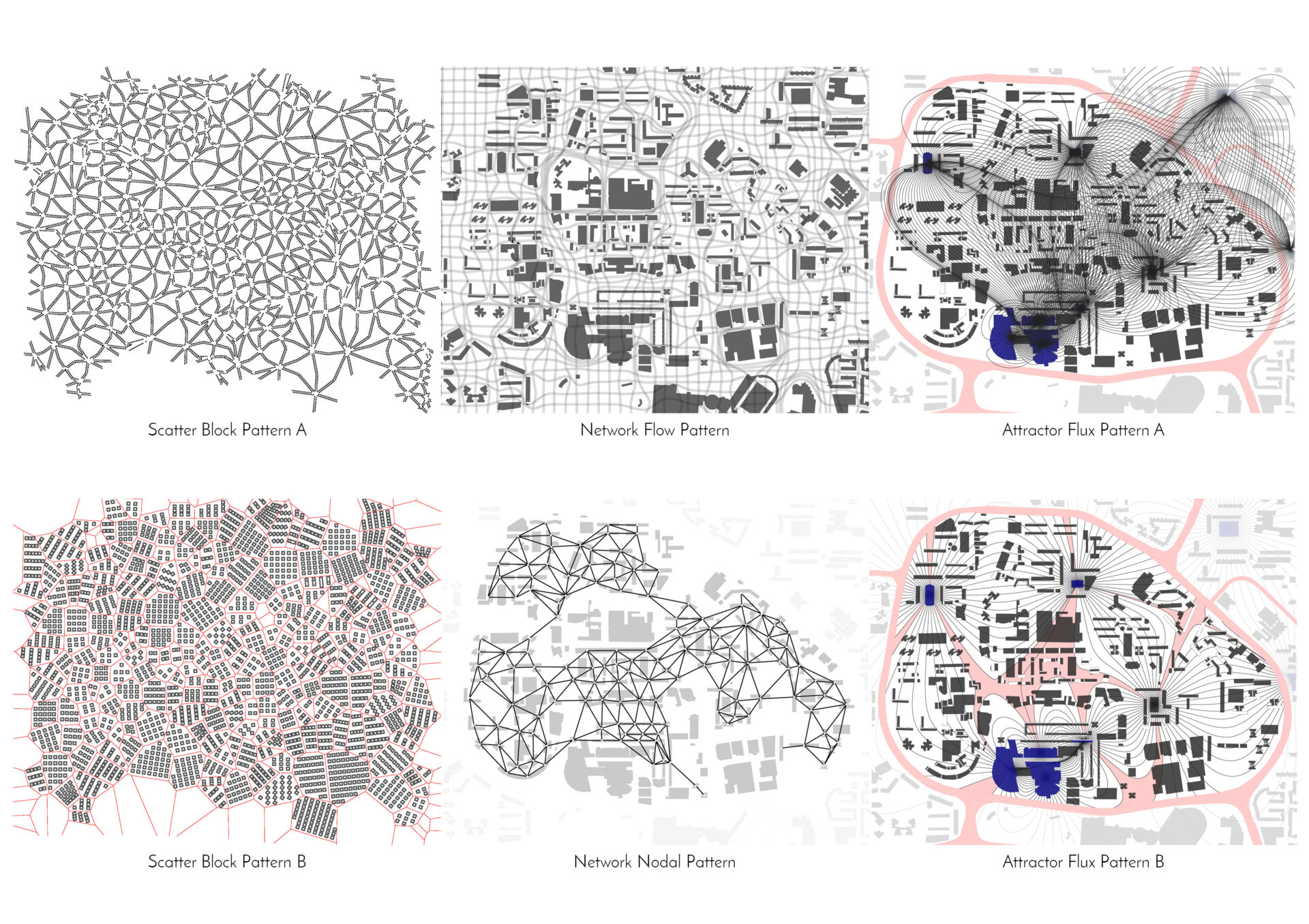
Supervisor's comments:
At the core of Chee Seng’s project is the question: “Is there a code for liveliness in the city?”. Through an intense study of lively cities in his personal experience, Chee Seng experimented with spatial axioms to observe its effect on urban forms. His project imagines the densification of Tao Payoh by creating new axioms that will enliven the “dead” public spaces. He challenges the traditional notions of urban spaces and openness by creating axioms for a three dimensional “thick” ground plane. This ground architecture mediates between the high rise high density environment and the new low rise high density environment while keeping Tao Payoh as a park.
- Adj. Assoc. Prof. Khoo Peng Beng